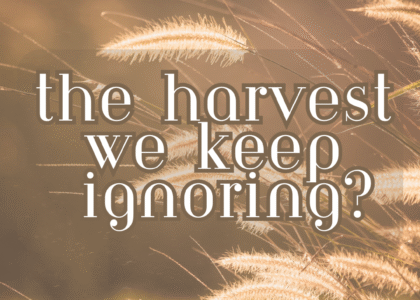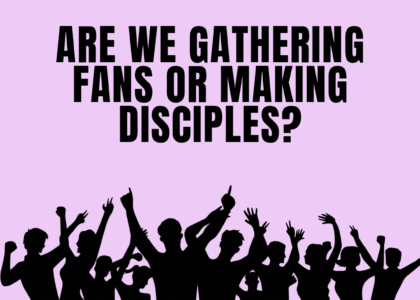When we hear about the apostles, our minds often go to Peter the bold, John the beloved, or Thomas the doubter. But there is another figure whose life carries a quiet strength and a unique witness: Philip the Apostle. He may not dominate the New Testament record, but his role is deeply significant. Philip stands out as a bridge-builder—a man who connected seekers, outsiders, and doubters to Jesus.
Philip the Inviter
The first time we meet Philip is in John 1:43–45: “The next day Jesus decided to leave for Galilee. Finding Philip, he said to him, ‘Follow me.’ Philip, like Andrew and Peter, was from the town of Bethsaida. Philip found Nathanael and told him, ‘We have found the one Moses wrote about in the Law, and about whom the prophets also wrote—Jesus of Nazareth, the son of Joseph.’”
What is striking is Philip’s immediate response. He doesn’t keep the discovery of the Messiah to himself—he finds Nathanael. And when Nathanael is skeptical, Philip doesn’t debate or argue. He simply replies: “Come and see” (John 1:46).
That phrase sums up Philip’s heart. His style of evangelism was relational, invitational, and bridge-building. He believed that if people just encountered Jesus for themselves, everything else would fall into place.
Philip the Practical Disciple
Philip was also down-to-earth. In John 6:5–7, when Jesus asked him about feeding the crowd of 5,000, Philip’s mind went immediately to the math: “It would take more than half a year’s wages to buy enough bread for each one to have a bite!”
Philip’s realism revealed the impossibility of the situation. He saw the numbers. He saw the lack. But his practicality created the perfect setup for Jesus to reveal the miracle of multiplying the loaves and fishes. Sometimes our limitations become the backdrop for God’s abundance.
Philip the Questioner
Later in the Upper Room, Philip voiced a longing that lives in every human heart: “Lord, show us the Father and that will be enough for us.” (John 14:8)
This request prompted one of Jesus’ most profound revelations: “Anyone who has seen me has seen the Father.” (John 14:9).
Philip’s question became the bridge for Jesus to unveil the mystery of His unity with the Father. His curiosity drew out a truth that still anchors our faith today—that in Christ, we see God revealed.
Philip the Cultural Bridge
In John 12:20–22, some Greeks came to Jerusalem for the Passover and sought to meet Jesus. Who did they approach? Philip. Perhaps because of his Greek name (Philippos, meaning “lover of horses”), or his approachable spirit, but these outsiders felt safe coming to him.
And once again, Philip became the bridge—this time, across cultural lines—helping seekers find their way to Christ.
Lessons from Philip’s Life:
1. Be an Inviter – Like Philip, sometimes the greatest thing we can say is simply, “Come and see.”
2. Be Real, But Trust God – Philip’s practicality reminds us that even when logic says “impossible,” God says “possible.”
3. Ask Honest Questions – Philip shows that seeking clarity can open the door to deeper revelation.
4. Be a Cultural Bridge – God can use your background, your name, your personality, to connect people to Him.
5. Faithfulness Over Fame – Philip teaches us that even without a spotlight, a faithful disciple can make an eternal impact.
Conclusion:
Philip didn’t write an epistle. He didn’t lead the Jerusalem church. He isn’t remembered for bold speeches like Peter. Yet his impact is undeniable. He brought Nathanael to Jesus. He opened the door for Greeks to meet the Messiah. He asked the questions that gave us some of Christ’s greatest answers.
Philip shows us that sometimes the greatest contribution is not in being the loudest voice but in being the faithful bridge.
In a world divided by barriers of doubt, culture, and pride, Philip’s life still whispers to us today: Don’t be the wall that blocks someone from Christ—be the bridge that brings them to Him.





